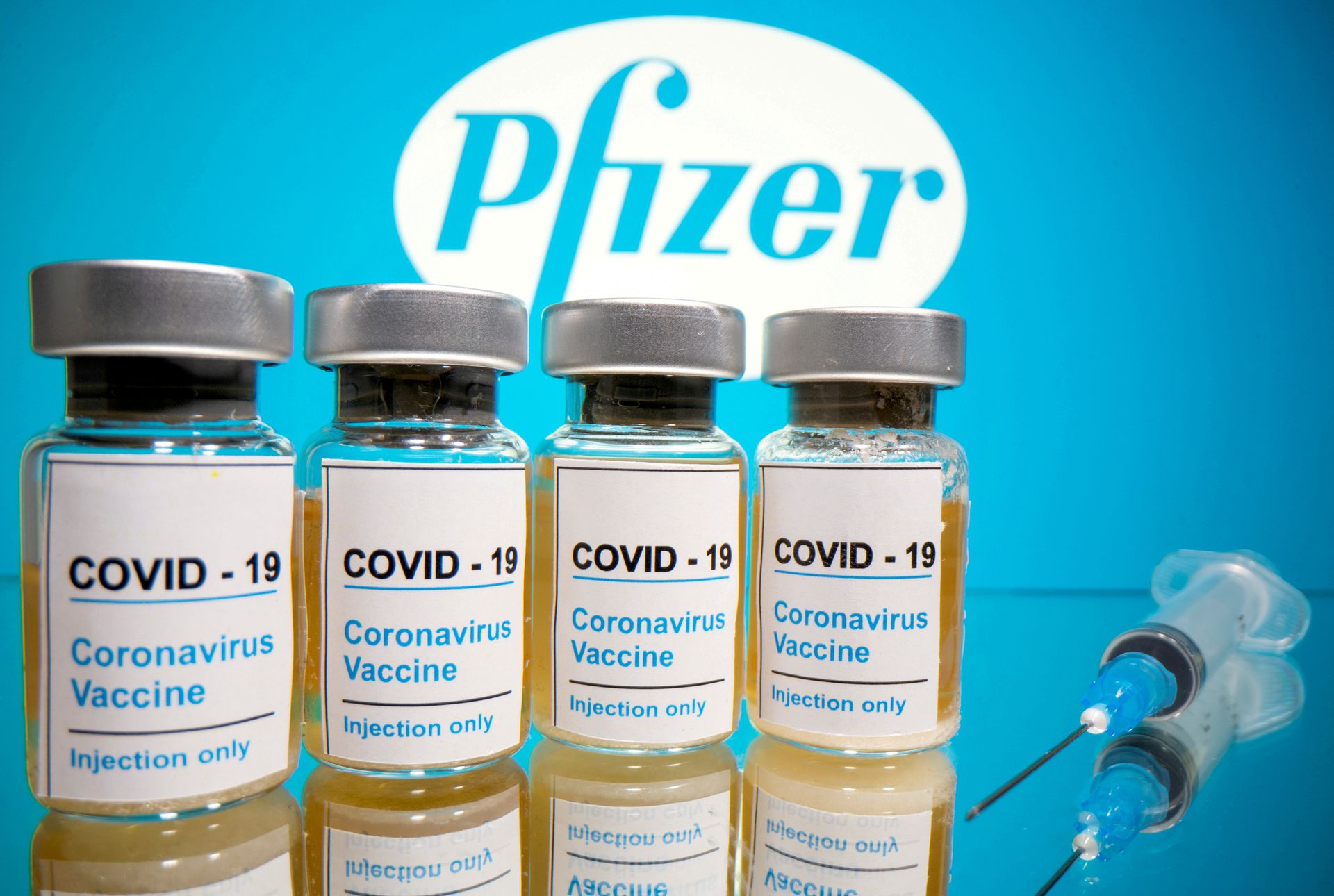The most recent release of Pfizer COVID-19 vaccine documents sparked a flurry of news stories. Many of them referenced data released previously (November 2021) showing Pfizer reported to the U.S. Food and Drug Administration that the drugmaker was aware of 1,223 reports of deaths following the vaccine.
The deaths, a subset of 42,086 case reports listing 158,893 adverse events, occurred between Dec. 1, 2020, and Feb. 28, 2021. The Defender first reported on these numbers and other revelations from the documents released in November in the article below.
In August, Public Health and Medical Professionals for Transparency (PHMPT) submitted a Freedom of Information Act (FOIA) request to the U.S. Food and Drug Administration (FDA) for all of the data within Pfizer’s COVID-19 vaccine biological product file — a body of information comprising some 329,000 pages.
READ ALSO: How U.S government paid major media to promote COVID vaccine
The FDA, arguing its poorly staffed Center for Biologics Evaluation and Research did not have the capacity to quickly redact legally exempt material, such as Pfizer proprietary information and personal private information of trial participants, the agency asked to be allowed to release only 500 pages of this data per month, thus necessitating 55 years for full disclosure.
The agency later requested up to 75 years to complete the task. As of Nov. 17, only a fraction of the data in question had been released.
Here I will discuss one of these released documents, the “Cumulative Analysis of Post-authorization Adverse Event Reports.” This document constitutes one part of Pfizer’s responsibility for pharmacovigilance with respect to their Biological License Agreement with the FDA.
The FDA and Pfizer were well aware that very real risks, if they existed, could not have been identified from the trials alone. There weren’t enough participants, and the participants had not been observed for very long.
The “Cumulative Analysis of Post-authorization Adverse Event Reports” should have been the “everything looks good so far” reassurance the FDA was seeking. Why was it necessary to impel the FDA to make this information public through a court order?
In the report, Pfizer admitted the “magnitude of underreporting is unknown.”
It is well accepted that passive reporting will inescapably lead to underreporting. Nevertheless, according to Pfizer’s report:
READ ALSO: Surgeon General recommends against COVID shots for kids
“Due to the large numbers of spontaneous adverse event reports received for the product, the MAH (Marketing Authorisation Holder) has prioritised the processing of serious cases, in order to meet expedited regulatory reporting timelines and ensure these reports are available for signal detection and evaluation activity.”
The authors continued: “Pfizer also taken a [sic] multiple actions to help alleviate the large increase of adverse event reports. This includes significant technology enhancements, [sic] and process and workflow solutions, as well as increasing the number of data entry and case processing colleagues.”
In other words, the number of adverse events reported overwhelmed Pfizer’s expectations, yet the vaccine maker concluded, “The findings of these signal detection analyses are consistent with the known safety profile of the vaccine.”
Through Feb. 28, a total of 42,086 recipients (cases) reported 158,893 events, or adverse reactions to the Pfizer vaccine. Approximately 50% of these events were deemed serious.
Of note, 1,223 recipients of the vaccine had a fatal outcome. More than 11,000 had not recovered. The outcome of 9,400 was unknown. Nearly three-quarters were female.
These numbers are concerning, but do they represent a significant safety concern? The answer to that question depends entirely upon the number of people who had been vaccinated up to that point.
As of Feb. 28, the only known safety profile of the vaccine was determined by the initial results from the phase 3 trials from the autumn of 2020.
Thus, if these data are consistent with its known safety profile, and roughly 79,000 serious adverse events had occurred up to that time, we can estimate that approximately 13,550,000 (79,000 x 171.6) doses had been distributed.
Admittedly there is uncertainty in this calculation. Perhaps a different interpretation of the safety profile was implied.
According to Pfizer, 1,403 cardiovascular AESIs, 932 hematologic, 3,600 musculoskeletal, 501 neurologic and 3,674 “other” serious AESIs all occurred with a median time of onset of 24 hours or less from vaccination.
The 275 strokes and 449 cases of facial paralysis reported occurred with a median time of onset of two days from vaccination.

 Latest5 days ago
Latest5 days ago
 Latest3 days ago
Latest3 days ago
 News2 days ago
News2 days ago
 Energy5 days ago
Energy5 days ago
 Latest3 days ago
Latest3 days ago
 Comments and Issues5 days ago
Comments and Issues5 days ago
 Business6 days ago
Business6 days ago
 Business5 days ago
Business5 days ago

